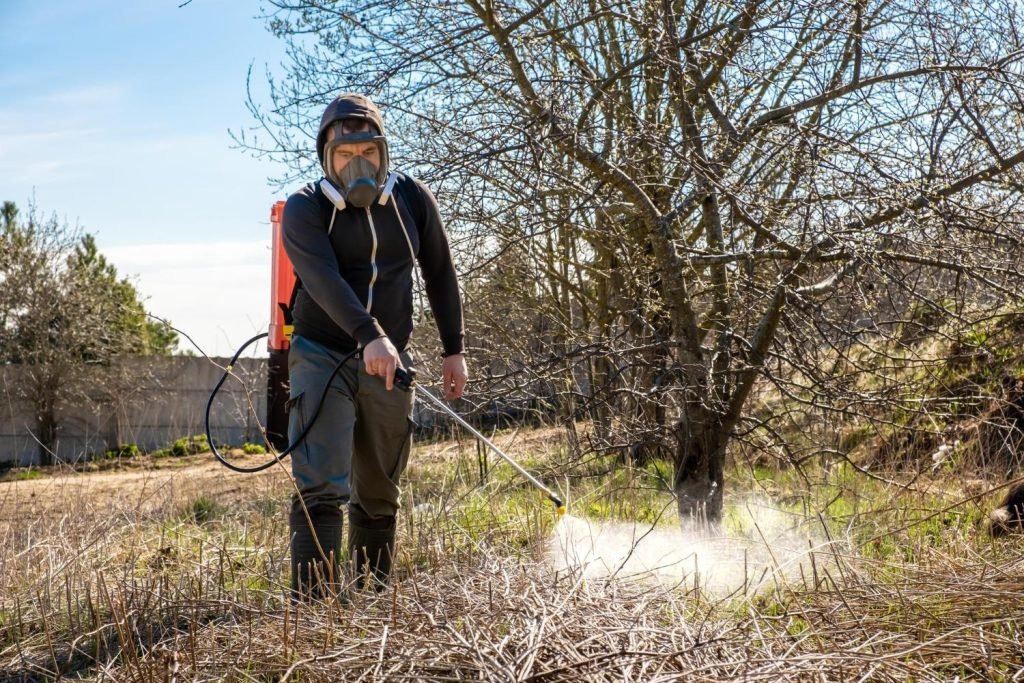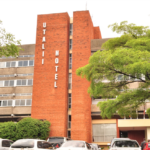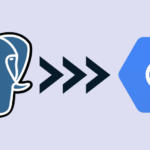Property managers across America spend billions annually addressing pest-related problems that follow predictable seasonal patterns. Moving from reactive scrambling to strategic prevention requires planning and pest control scheduling software has become an essential tool in this transition. This guide to seasonal pest control examines how understanding pest behaviors, creating year-round strategies, and using the right technology can protect properties from financial and reputational damage.
Understanding Seasonal Pest Patterns
Pests operate on biological timelines driven by temperature, moisture, and food availability. These natural cues create predictable invasion cycles that property managers can anticipate and counter.
Spring brings termite swarms, ant colony growth, wasp and bee nest establishment, and mosquito breeding in standing water. Properties using pest control scheduling software to trigger automatic inspection reminders report up to 40% fewer spring emergencies.
Summer heat intensifies pest pressure across all categories, with mosquitoes, flies, cockroaches, and ants reaching peak populations. Consistent monitoring during this high-activity period significantly reduces tenant complaints.
Fall cooling triggers survival instincts as pests seek winter shelter. Mice and rats move indoors, spiders become more visible, and insects like stink bugs cluster on sun-warmed walls. Early fall treatments represent perhaps the most valuable preventative opportunity of the year—a prime example of effective pest control tips for proactive management.
Winter concentrates pest activity within structures. Rodents establish indoor presences, cockroaches cluster near heat sources, and stored product pests thrive in pantries. Climate change has disrupted these traditional cycles, making data-driven pest control scheduling software increasingly valuable for adapting to emerging patterns.
The True Cost of Seasonal Pest Invasions
Failure to implement preventative seasonal pest control creates multiplying costs:
Rodents cause an estimated $20 billion annually in structural damage. Food service businesses lose 1-3% of inventory to pest contamination. Building systems deteriorate faster when pests damage insulation, wiring, and structural elements. Emergency treatments typically cost two to three times more than scheduled preventative services.
Health risks extend beyond nuisance factors. Rodents carry numerous diseases, cockroach particles trigger asthma attacks, and pest contamination can lead to foodborne illness outbreaks.
For businesses, pest sightings create immediate perception problems, with 97% of customers avoiding establishments after seeing evidence of pests. Financial analysis reveals that properties implementing thorough seasonal pest control programs spend roughly half as much per square foot annually compared to those using reactive approaches.
Creating an Effective Year-Round Strategy
Successful pest prevention means abandoning the outdated “call when you see something” approach in favor of systematic management that anticipates and prevents problems.
Integrated Pest Management Foundation
The EPA endorses Integrated Pest Management as a science-based framework that identifies and monitors pest problems, sets action thresholds, prevents issues using multiple methods, and continuously evaluates results. This systematic approach forms the backbone of effective seasonal pest control programs that deliver consistent results.
Building Your Seasonal Calendar
Effective year-round strategies include quarterly comprehensive inspections that thoroughly examine entire properties with special attention to seasonal vulnerability points. These are supplemented by monthly targeted treatments focused on seasonal pest patterns, weekly monitoring of detection stations, and daily best practices around sanitation and exclusion.
Modern pest control scheduling software transforms this complex scheduling task from an administrative burden into a streamlined system, ensuring consistent implementation. Property managers report that digital tracking tools significantly improve compliance with preventative schedules compared to manual systems.
Critical Control Points By Season
Spring demands attention to foundation perimeters, drainage systems, and landscaping elements. Key actions include barrier treatments, elimination of standing water, and sealing cracks and crevices before pest populations explode.
Summer focus shifts to entry points, garbage handling areas, and outdoor spaces where humans gather. Priorities include maintaining exclusion measures, enhancing waste management protocols, and implementing specialized control systems for seasonal flying pests.
Fall requires careful attention to the building envelope, external walls, and roof access points. This season calls for rodent exclusion measures, treatments targeting overwintering pests, and reinforcement of exterior barriers before cold weather drives pests indoors.
Winter narrows the focus to food storage areas, utility penetrations, and warm zones within buildings. Emphasis shifts to monitoring programs, structural improvements, and targeted treatments of interior harborage areas.
Coordinating these seasonal priorities becomes substantially more manageable with pest control scheduling software that tracks completion rates, maintenance history, and treatment effectiveness over time across multiple properties or building systems.
Preventative Maintenance Essentials
Property teams implementing successful seasonal pest control programs maintain structural integrity by promptly sealing cracks, gaps, and potential entry points. They practice strategic landscape management, keeping plants away from buildings and maintaining proper mulch depth. Their water management protocols eliminate standing water and address leaks quickly. Waste handling procedures ensure proper storage and frequent removal. Supply chain protocols include inspection procedures for all deliveries and materials entering the property.
Professional vs. DIY Approaches
While basic prevention falls within most maintenance teams’ capabilities, professional intervention becomes necessary when infestations reach established thresholds, legal compliance is at stake, or specialized equipment is required.
Property teams can implement foundational practices, such as maintaining vegetation-free zones around buildings, installing door sweeps, sealing utility penetrations, managing waste properly, and training staff to identify issues promptly.
Today’s pest management professionals offer advanced diagnostics, data-driven protocols, specialized equipment, professional-grade materials, and regulatory compliance expertise. The most effective approach combines in-house preventative measures with professional expertise, coordinated through integrated pest control scheduling software.
Technology’s Role in Modern Pest Management
Today’s pest control scheduling software delivers capabilities that fundamentally improve prevention outcomes through predictive modeling, treatment tracking, compliance documentation, resource optimization, and stakeholder communication.
Forward-thinking property managers use pest activity data to identify building vulnerabilities, allocate resources effectively, track treatment success, and justify capital improvements. Digital systems provide audit-ready documentation, reduce liability exposure, maintain historical records, and enable trend analysis.
Properties using technology-enabled seasonal pest control programs frequently report substantial reductions in emergency service calls and improved prevention effectiveness.
Implementing Your Seasonal Pest Control Plan
Begin with a comprehensive property evaluation, prioritize issues based on risk and seasonal urgency, budget realistically for prevention versus reaction, implement appropriate pest control scheduling software, train staff thoroughly, select service providers with technology integration capabilities, establish baseline data, and develop clear communication protocols.
Successful implementations use technology to clearly assign responsibilities, track task completion, document findings systematically, communicate results automatically, and adapt approaches based on real-world results.
Many management companies report that implementing structured seasonal pest control programs reduces overall pest management costs by 15-30% within the first year while improving occupant satisfaction and regulatory compliance.
Proactive Prevention Delivers Superior Results
Reactive pest control approaches continue to fade as property managers recognize the superior results and lower costs that prevention delivers. By understanding how pests behave seasonally, implementing year-round preventative strategies, and using tools like pest control scheduling software, properties dramatically reduce both the frequency and impact of pest problems.
The most effective approach combines vigilant maintenance practices with targeted professional expertise, coordinated through digital systems that ensure consistent implementation. This guide to seasonal pest control shows that investing in prevention pays dividends not just through reduced treatment costs, but in protected property values, enhanced reputations, and improved occupant experiences.
As you evaluate your current approach, consider whether you’re still reacting to problems after they occur or have shifted to the proactive model that industry leaders now consider standard practice. This distinction translates directly into financial and operational advantages that grow more significant over time




